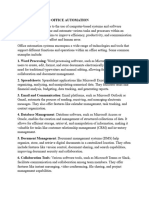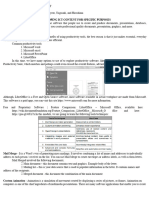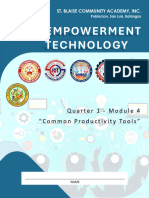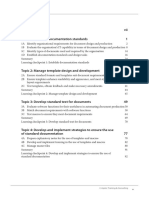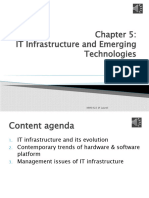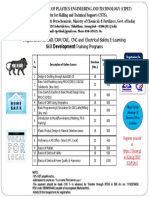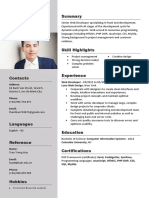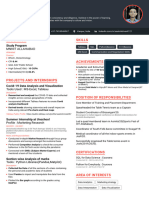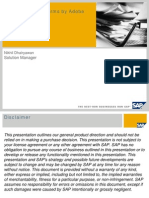0% found this document useful (0 votes)
6 views4 pagesEditing Accountability
Editing Accountability
Establishing systems that track changes, maintain version history, and attribute edits to specific users. This creates transparency and accountability in the collaborative document creation process.
Collaborative document creation has transformed how businesses develop and refine content. This module teaches students to design and construct documents specifically optimized for team collaboration, with features that support simultaneous editing, appropriate sharing controls
Uploaded by
trishajhoy.almarioCopyright
© © All Rights Reserved
We take content rights seriously. If you suspect this is your content, claim it here.
Available Formats
Download as DOCX, PDF, TXT or read online on Scribd
0% found this document useful (0 votes)
6 views4 pagesEditing Accountability
Editing Accountability
Establishing systems that track changes, maintain version history, and attribute edits to specific users. This creates transparency and accountability in the collaborative document creation process.
Collaborative document creation has transformed how businesses develop and refine content. This module teaches students to design and construct documents specifically optimized for team collaboration, with features that support simultaneous editing, appropriate sharing controls
Uploaded by
trishajhoy.almarioCopyright
© © All Rights Reserved
We take content rights seriously. If you suspect this is your content, claim it here.
Available Formats
Download as DOCX, PDF, TXT or read online on Scribd
/ 4










